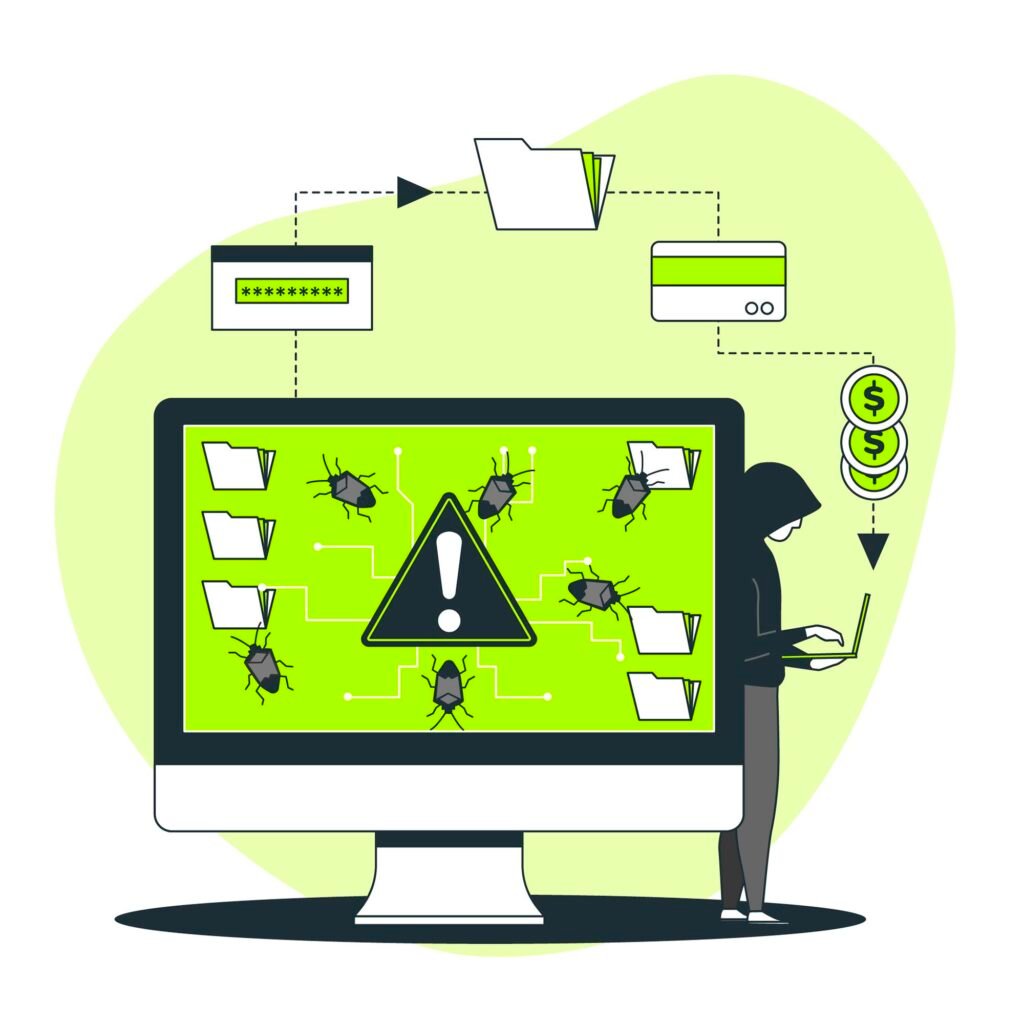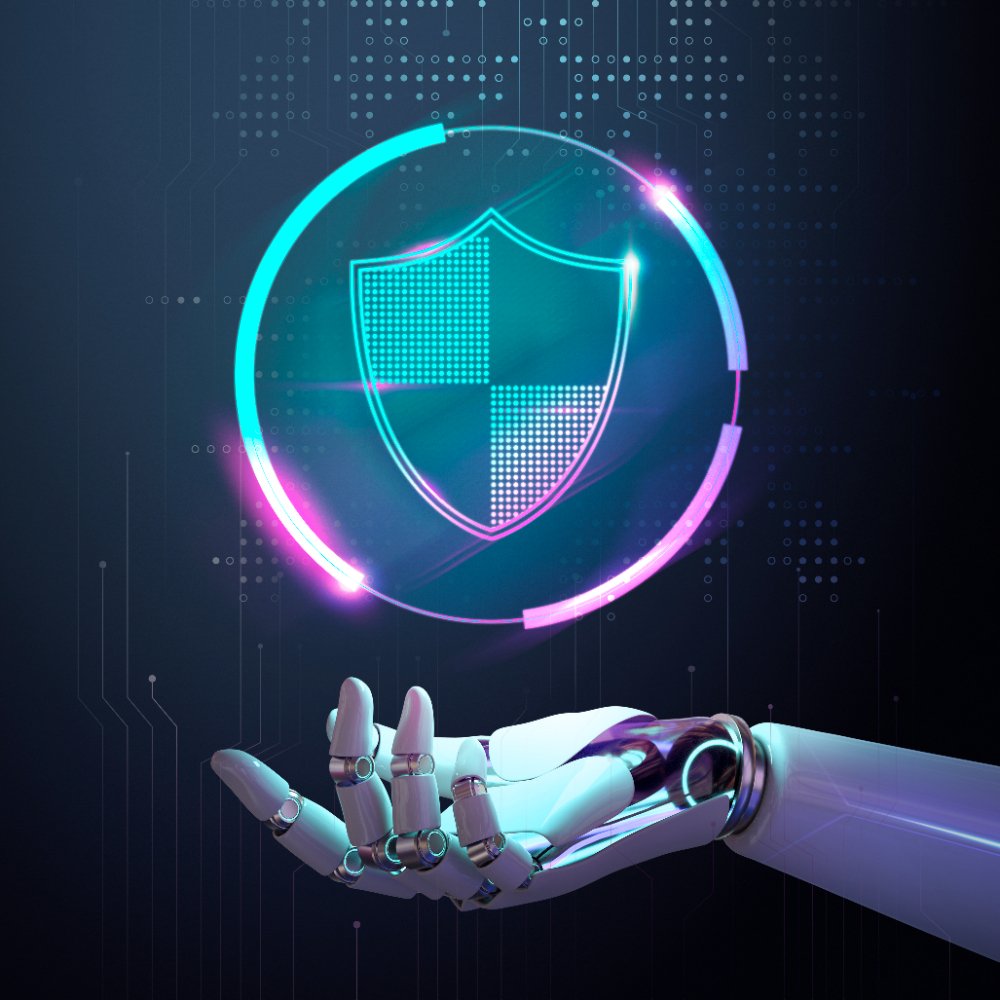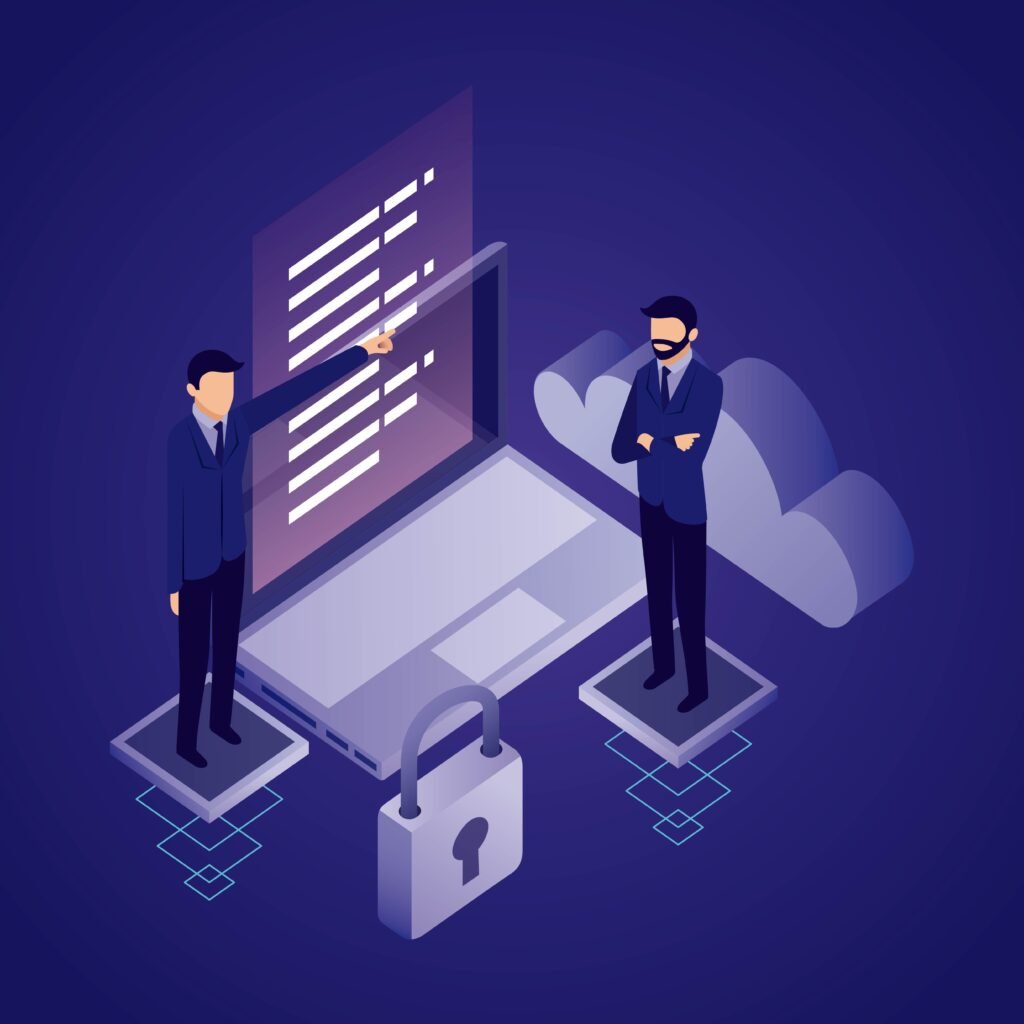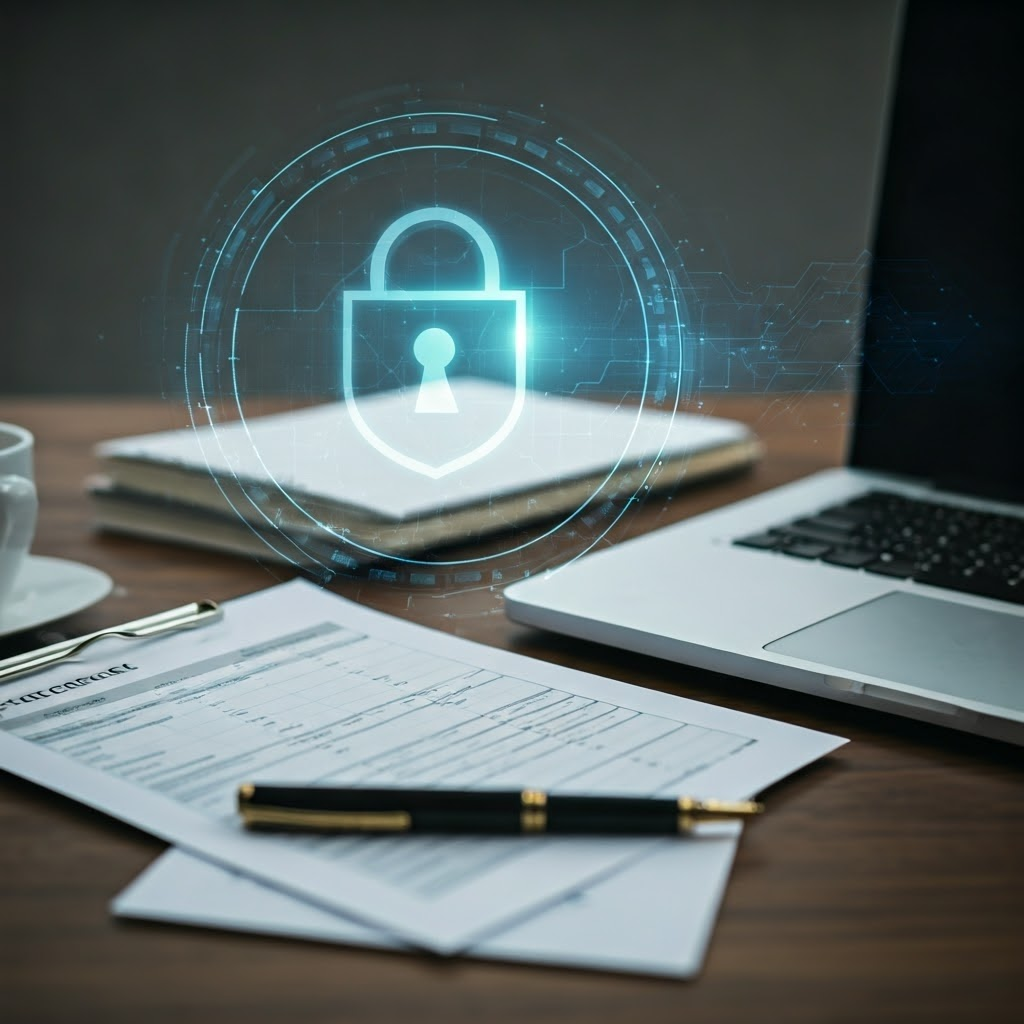Introduction
Cybersecurity is a critical concern across industries today, especially in Industrial Automation and Control Systems (IACS). Protecting these systems requires robust risk assessment and management to mitigate threats effectively. Implementing stringent security measures, best practices, regular assessments, and audits are essential steps for organizations to safeguard their assets. Encryption protocols, access controls, employee training on cybersecurity awareness, and incident response plans are vital components of a comprehensive cybersecurity strategy. Staying updated on emerging threats, engaging with experts, and leveraging advanced security solutions can enhance an organization’s resilience against cyberattacks. Prioritizing cybersecurity within IACS frameworks helps uphold operational integrity and reliability in the face of evolving risks.
Understanding the Cybersecurity Challenges in IACS
IACS are becoming more open to cyberattacks. This is because they depend more on linked networks where operational technology (OT) joins with information technology (IT). This connection creates a bigger attack area, putting IACS at risk from advanced cyber threats.
Also, IACS usually fall behind IT systems when it comes to cybersecurity strength. This difference comes from some issues such as old equipment, special protocols, and focusing more on keeping operations running than on security.
The Increasing Threats to Industrial Automation and Control Systems
The threat scene for IACS is always changing. Attackers are getting smarter with their ways. Cybercriminals are focusing more on industrial systems. They want to disrupt work, steal important data, or cause money loss.
Some dangers are ransomware attacks. Here, bad actors take control of IACS and ask for money to let go. Targeted attacks that use weaknesses in software or hardware can make equipment fail, stop production, and even cause safety problems.
Doing a good risk assessment and detailed analysis helps organizations see the possible effects of cyberattacks on their IACS. This helps them focus on what to fix first.
Why Cyber Risk Assessment and Management is Crucial for Critical Infrastructure
Cyberattacks on important systems like power grids, water plants, and transportation can cause serious problems. These systems are key for our society to work well. If they are disrupted, it can lead to chaos and affect safety on the job.
Managing risks well is very important to protect these crucial assets. This means finding weaknesses, looking at possible threats, putting control measures in place, and regularly checking security rules to deal with new issues.
By being proactive in managing cyber risks, organizations that take care of critical infrastructure can reduce the chances and effects of cyber threats. This helps ensure that essential services continue to operate smoothly.
Identifying the Problem: Vulnerabilities in IACS
IACS often have built-in weaknesses that make them easy targets for cyberattacks. Old systems, special protocols, and weak security updates all add to this risk.
Plus, the growing connection between IT and OT networks makes it hard to see where security starts and ends. This can create new chances for attackers to break in. It is important to find and fix these issues to put good cybersecurity measures in place.
Common Cybersecurity Weaknesses in Operational Technology
OT environments, including IACS, often have some cybersecurity weaknesses. A common issue comes from using old operating systems and software that are not updated. When systems do not get updates, they become open to known attacks.
Also, insecure network setups usually lack proper segmentation or firewalls. This raises the chance of an attacker moving around within industrial areas. This means that if someone gets into one system, they could breach the entire network.
Using a strong risk assessment process helps organizations find the control measures they need to fix these weaknesses. Conducting regular security checks, scanning for vulnerabilities, and segmenting networks are important steps to reduce potential risks.
Case Studies: Recent Cyber Attacks on Industrial Systems
| Attack | Target | Impact | |
| Stuxnet (2010) | Iranian nuclear facility | Damaged centrifuges and delayed Iran’s nuclear program. | |
| Industroyer (2016) | Ukrainian power grid | Caused a one-hour blackout affecting hundreds of thousands of people. | |
| Colonial Pipeline (2021) | U.S. fuel pipeline | Disrupted fuel supplies in the southeastern United States. |
These attacks highlight the real-world consequences of cyber threats on industrial systems. Through quantitative risk analysis, organizations can learn from these case studies and proactively address vulnerabilities in their own environments.
The Solution: Cyber Risk Management Procedure for IACS
A clear process for managing cyber risks is very important for IACS. It helps lower the chances and damage of cyberattacks. This process includes five steps: finding, studying, assessing, handling, and keeping an eye on cyber risks.
By following a clear method that fits their industry, rules, and operations, organizations can create a safer work environment.
Overview of Risk Assessment Management in Cybersecurity
Risk assessment management in cybersecurity is very important. It helps organizations understand, evaluate, and manage possible threats to their information systems and assets. The importance of risk assessments is that they find weaknesses, look at how serious they are, and decide what to do to reduce risks.
A good risk assessment management program helps organizations deal with cybersecurity risks before they turn into serious issues. This strengthens their security and protects sensitive data from being accessed, shared, changed, or damaged without permission. When organizations do regular risk assessments, they can keep up with new threats and build a strong cybersecurity plan.
Effective risk assessment and risk management is a process. It includes finding, analyzing, evaluating, treating, and monitoring risks on an ongoing basis. By putting in place the right controls and checking how well they work regularly, organizations can lessen the impact of cyber threats and keep their business running smoothly.
Benefits of Implementing a Robust Cyber Risk Procedure
Implementing a strong cyber risk procedure offers many benefits to organizations with IACS. First, it boosts security by finding and fixing possible weaknesses. This lowers the chance of cyberattacks being successful.
Also, a clear procedure helps meet industry rules and standards. This shows a commitment to good cybersecurity practices. It helps organizations avoid fines, legal issues, and hurt reputations.
In addition, a structured procedure gives a way to keep improving. It helps organizations deal with new threats and improve their control measures. Regular risk assessment practices and adjusting these control measures keep them effective against new cyber threats.
Steps to Effective Cyber Risk Management in IACS
Effective risk assessment and cyber risk management in IACS needs a clear approach. This should blend technical skills with a thorough understanding of how operations work.
By using a step-by-step method, organizations can create a strong cyber risk management program. This program should be designed to fit the specific challenges found in industrial settings.
Step 1: Identifying and Analyzing Potential Cyber Risks
The first step in managing cyber risk is to find and study possible threats to the IACS environment. This means looking at both weak points inside and outside the system. You should think about things like how the system is built, how networks are set up, and ways it could be attacked.
Risk assessment practices and analysis is about checking how likely each threat is and what its impact could be. This helps us decide what to focus on to reduce risks based on how serious the possible outcomes are.
It’s also important to think about how IACS connects with other systems. Weaknesses in related IT networks or systems from other companies could let threats into the IACS environment.
Step 2: Developing and Implementing Protective Measures
Once we find and look at possible risks, the next step is to create and use the right safety measures. This involves using a mix of technical rules, improved work procedures, and training people.
Examples of control measures include:
- Using strong access controls and ways to prove identity.
- Installing security software and keeping it updated, like firewalls and systems to spot attacks.
- Encrypting important data when it is stored and when it is sent.
- Making plans for how to respond to incidents.
- Offering regular training in cybersecurity for workers.
Focusing on risk management and adding these safety measures to the design and use of IACS can help organizations lower their chances of facing cyber threats.
Step 3: Monitoring and Reviewing the Cybersecurity Measures
Cybersecurity is not something you do just once; it needs continuous watching and checking to stay strong. Organizations should set up ways to always watch their IACS environment for any strange actions. They must also review how well their security measures are working.
Regular security checks and vulnerability scans help find and fix new weaknesses or problems with settings. It is also very important to look at and update the cyber risk management process to learn from mistakes and change to meet new threats.
By taking a proactive and flexible way to cybersecurity, organizations can keep a strong security system in place. This helps reduce the chances of problems in their industrial work.
Why Choose Our Cybersecurity Services for Your IACS?
Our team knows the special challenges of keeping IACS safe from cyber threats. We offer complete cybersecurity services including risk assessment designed just for the needs of industrial settings. Our aim is to help your organization deal with the tricky issues of the changing threat environment.
We do more than just find weaknesses. We create useful, practical solutions that match your needs and comfort with risk. When you partner with us, you get a reliable advisor who is dedicated to protecting your important assets.
Our Expertise in Industrial Automation and Control Systems Security
Our team knows a lot about keeping industrial automation and control systems safe. We get the details of operational technology (OT) settings, like the special protocols, communication methods, and rules they have to follow.
With our careful risk assessment process, we find weaknesses and create specific solutions for each client. We think that safety is most important; our security measures won’t mess up key operations.
We have strong skills in OT security. Along with our knowledge of new cyber threats, we can offer solutions that work well for your unique needs.
Tailored Cybersecurity Solutions for Your Specific Needs
We understand that each organization has different cybersecurity needs. Our services can be customized to meet the specific needs and risks of our clients. Whether you need help with risk assessments, security design, incident response planning, or security training, we can assist you.
We collaborate closely with your team to learn about your business goals, daily operations, and rules you must follow. This helps us create a complete cyber risk management plan that fits with your overall business goals.
Our custom approach makes sure that our solutions are effective and practical. They will work smoothly with your current processes and last over time.
Conclusion
In conclusion, Effective Risk assessment practices and managing cyber risk is very important to protect Industrial Automation and Control Systems from new cyber threats. By finding weak spots, putting protective measures in place, and keeping an eye on security rules, companies can reduce risks effectively. Our customized Cybersecurity Services give expert help in securing IACS and offer solutions for your specific needs. Don’t take chances with the safety of important infrastructure. Contact us today to strengthen your systems against cyber threats.
Frequently Asked Questions
What is the Importance of Cyber Risk Management in IACS?
Cyber risk management and risk assessment practices is important for IACS. It helps find potential hazards and put in place control measures that lower the risk of cyberattacks. This protects critical infrastructure, stops operational issues, ensures occupational safety, and cuts down financial losses.
How Often Should Cybersecurity Risk Assessments be Conducted in IACS?
Cybersecurity checks in Industrial Automation and Control Systems (IACS) should happen often. How often they occur depends on things like the level of risk, new technology being used, and any changes in threats. Regular risk assessments are important to keep strong security.
What Are the Steps in the Cyber Risk Management Process?
The process of managing cyber risks includes:
- Finding possible dangers and looking at how they might affect us.
- Evaluating how serious the risks are.
- Putting in place steps to lessen the risks we notice.
- Often checking and improving the risk management plan.
How Can Your Services Help Protect Against Cyber Threats in IACS?
Our cybersecurity services improve your IACS security. We do this by providing expert risk assessments and creating control measures just for you. We also monitor threats and help you plan for incidents. Plus, we offer ongoing training to keep everyone aware of security issues. We work together with you to build a full risk management program for complete cybersecurity.














